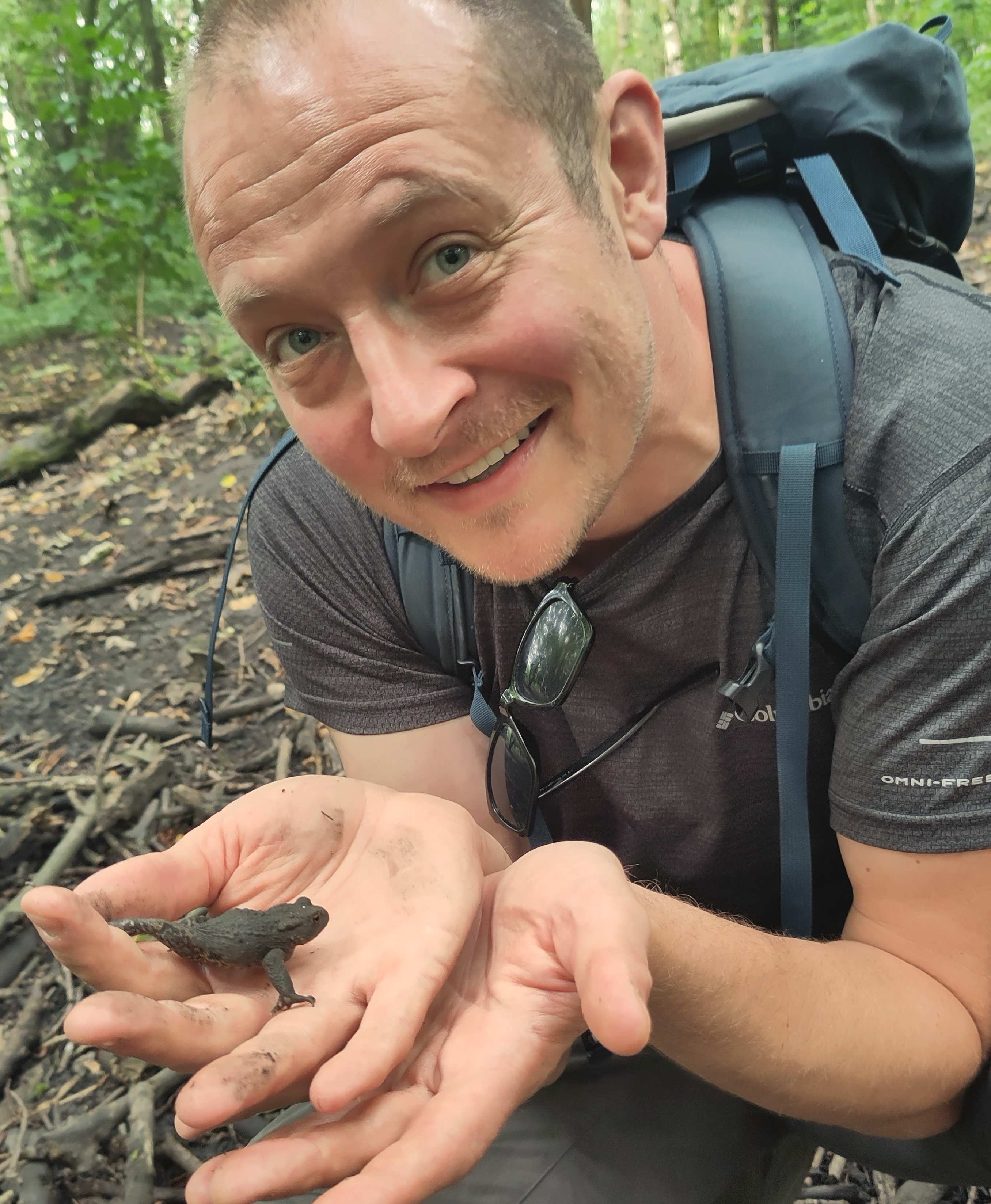Profile
Google Scholar | GitHub | ORCID | Web of Science

Research Line
My research aim is to categorise and understand biodiversity patterns and the underlying eco-evolutionary mechanisms that shape them, to provide insights and tools that assist biodiversity management in our rapidly changing world. I i) investigate patterns and mechanisms shaping diversity in changing environments (past, present and future) across individuals, populations and species, and ii) develop cutting edge bio- and eco-informatic tools for automating complex analyses with practical applications for biodiversity monitoring and management. My areas of expertise are in population genomics, bioinformatics, and ecoinformatics. I have a special focus on African and European vertebrates in my research but I also work with other taxonomic groups (e.g. plants, invertebrates, fungi) in different geographical areas (e.g. Madagascar, Asia, South America).
CV
For a full CV see here
Academic history post-PhD
From September 2024 I’m employed as a researcher at the Centre for Genetic Resources, within the Animal Breeding and Genomics group in Wageningen (Netherlands). Before this I was a postdoc at Naturalis Biodiversity Center in Leiden (Netherlands) where I completed a project initiated at iDiv (German Centre for Integrative Biodiversity Research) with an sDiv individual grant (as main PI) to quantify population vulnerability to global change by integrating molecular, ecological and environmental data. For information about this and other ongoing projects please see ‘Projects’.
In August 2018 until March 2021 I was awarded Flexpool grant as main PI to work on a project to measure habitat connectivity of chimpanzees over the last 120,000 years and quantify their historical demography using genomic data here at iDiv and the Max Planck Institute (Department of Primatology) in Leipzig (see Barratt et al. 2021, Lester et al. 2021, Kalan et al. 2020, two additional publications forthcoming).
In April 2017 I received my PhD from the University of Basel, Switzerland. For this work I studied the biodiversity patterns and conservation of the Coastal Forests of Eastern Africa biodiversity hotspot using amphibians as a model to understand intraspecific diversity, community assembly and phylogenetic structure (Barratt et al. 2017a), describe new species (Barratt et al. 2017b) and use genome-wide data to test alternative diversification scenarios and demographic histories (Barratt et al. 2018). This work was funded through the by a competitive grant from the Humer Foundation for Academic Talent with the support of the Centre for African Studies Basel.